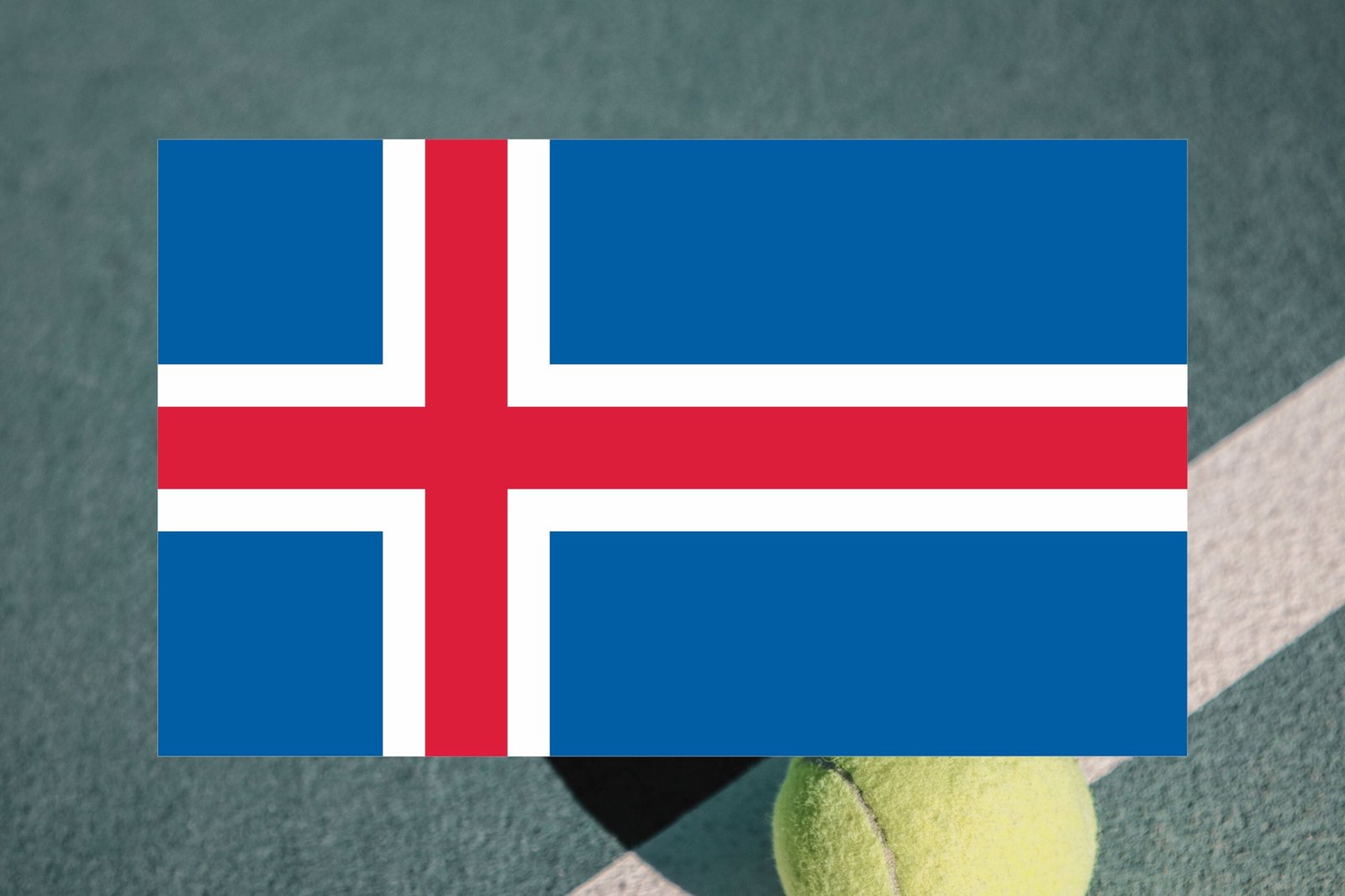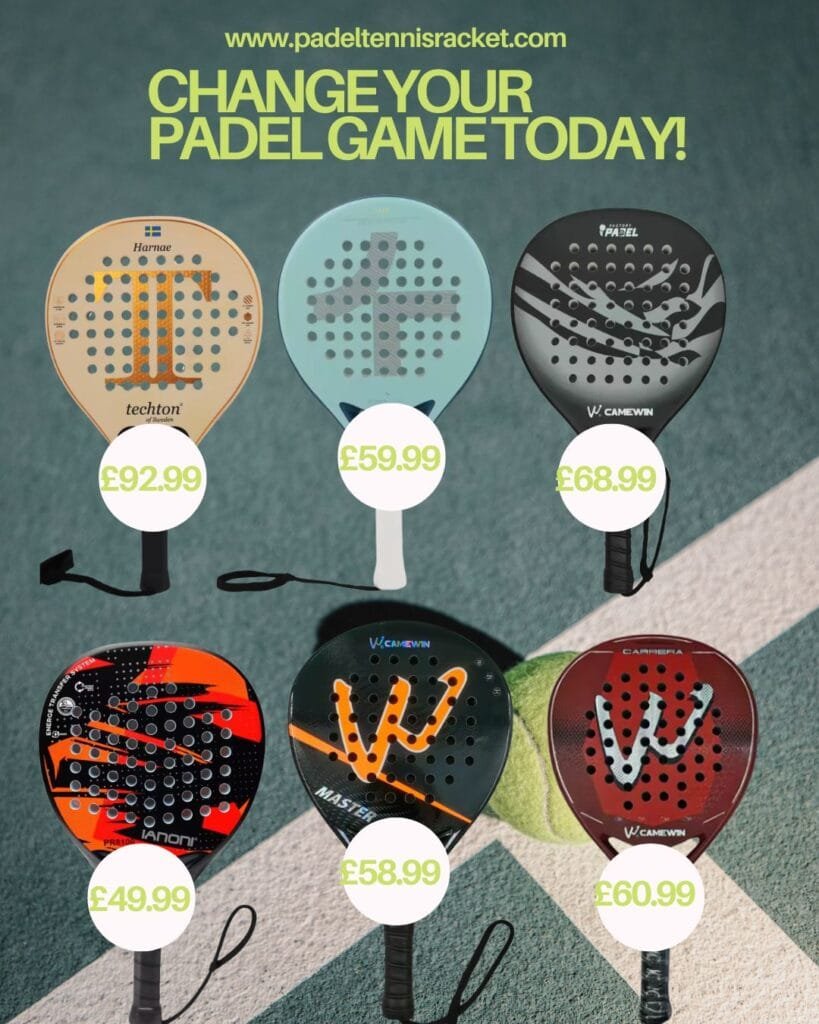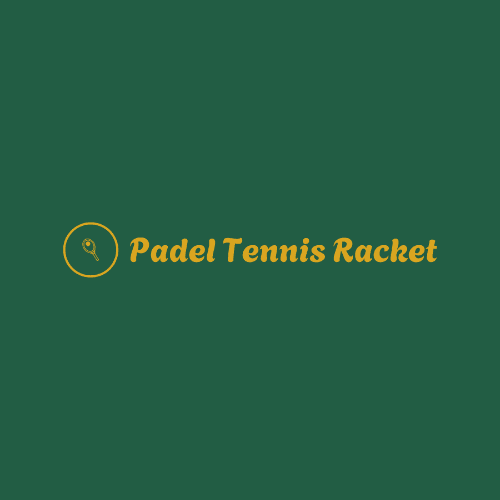
In recent years, padel in Iceland has emerged as one of the country’s most exciting new sports. Known for its volcanic landscapes and resilient culture, Iceland might seem an unlikely home for a fast-paced racket sport originally popularized in warmer countries like Spain. Yet, padel is growing rapidly, proving that even in colder climates, passion for accessible and social sports knows no bounds.
The introduction of padel in Iceland began quietly around 2019, when a few enthusiasts returned from trips abroad, inspired by the sport’s popularity in mainland Europe. They saw the potential for padel to thrive in Iceland, where the community values both physical activity and social connection. The first courts were established in Reykjavik, and since then, the number of facilities has increased steadily across the country.
What has made padel in Iceland particularly appealing is how easy it is for beginners to join in. Unlike tennis, which requires a larger court and more technical skill to start playing competitively, padel is accessible from day one. The smaller court, glass walls, and doubles format make the game feel fast-paced and fun, even for those who have never picked up a racket before.
Another factor driving the rise of padel in Iceland is the climate. With long, cold winters and frequent unpredictable weather, Icelanders often seek indoor activities to stay active. Most padel centers in the country are built indoors, featuring heated courts, cozy lounges, and viewing areas. These venues allow players to enjoy the sport year-round, regardless of snow, rain, or wind.
Community is at the heart of padel in Iceland. The sport has become a social hub for friends, families, and coworkers. Whether it’s a friendly after-work match or a weekend tournament, padel encourages camaraderie and connection. Icelandic clubs are beginning to host leagues, mix-ins, and social nights, helping to establish strong local networks around the game.
The business side of padel in Iceland is also taking shape. Entrepreneurs and investors are building modern padel facilities with multiple courts, cafés, and fitness areas. These spaces are designed not only for sport but also for relaxation and gathering, an important aspect of Icelandic life. Booking systems, ranking apps, and social matchmaking platforms are helping new players find partners and join local competitions.
Social media has played a big role in spreading awareness of padel in Iceland. Icelandic influencers, athletes, and public figures have posted videos of their matches and training sessions, creating a digital buzz. This online visibility has drawn in a younger generation, eager to try something new and energetic that also happens to be highly Instagrammable.
Though still in its early stages, the competitive side of padel in Iceland is beginning to take shape. Local tournaments are becoming more common, and a national padel federation has been formed to oversee the sport’s development. There are already efforts to build a national ranking system and support elite players with coaching and international opportunities. As Iceland gains more experience, the hope is to participate in Nordic and European competitions in the near future.
As with any growing sport, padel in Iceland faces challenges. One concern is access: with most courts privately operated, costs can be high, and availability limited. Some rural areas have yet to benefit from the padel boom, due to population density and infrastructure limitations. However, public interest is pushing municipalities to explore partnerships and subsidies that would allow for more accessible court time across the country.
Environmental sustainability is another issue being addressed. Given Iceland’s deep commitment to eco-friendly living, many padel developers are using renewable energy sources, such as geothermal heating and solar panels—to power their facilities. Sustainable materials and responsible land use are also becoming priorities as more courts are built.
Looking to the future, the potential for padel in Iceland is significant. Schools and universities are beginning to introduce the sport to students, and discussions are underway to incorporate padel into physical education programs. If this trend continues, Iceland could raise a new generation of players who grow up with padel as part of their active lifestyle.
What makes padel in Iceland unique is the way it blends global sport with local spirit. It brings people together in a setting that values wellness, cooperation, and fun. Whether you’re a complete beginner or a competitive athlete, there’s room for you on the padel court.
In conclusion, padel in Iceland is more than a sport, it’s a community movement. In a country known for its tight-knit population and love of adventure, padel has found a natural home. As courts continue to multiply and more Icelanders pick up a racket, the future of padel in Iceland looks bright, exciting, and here to stay.


